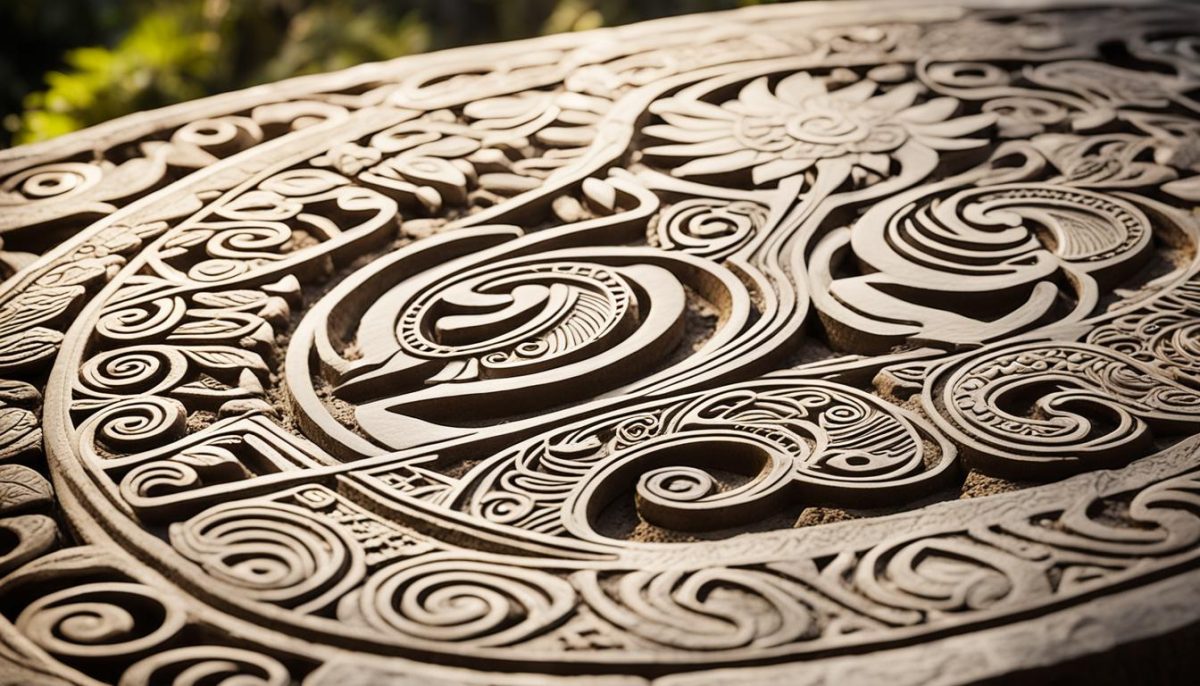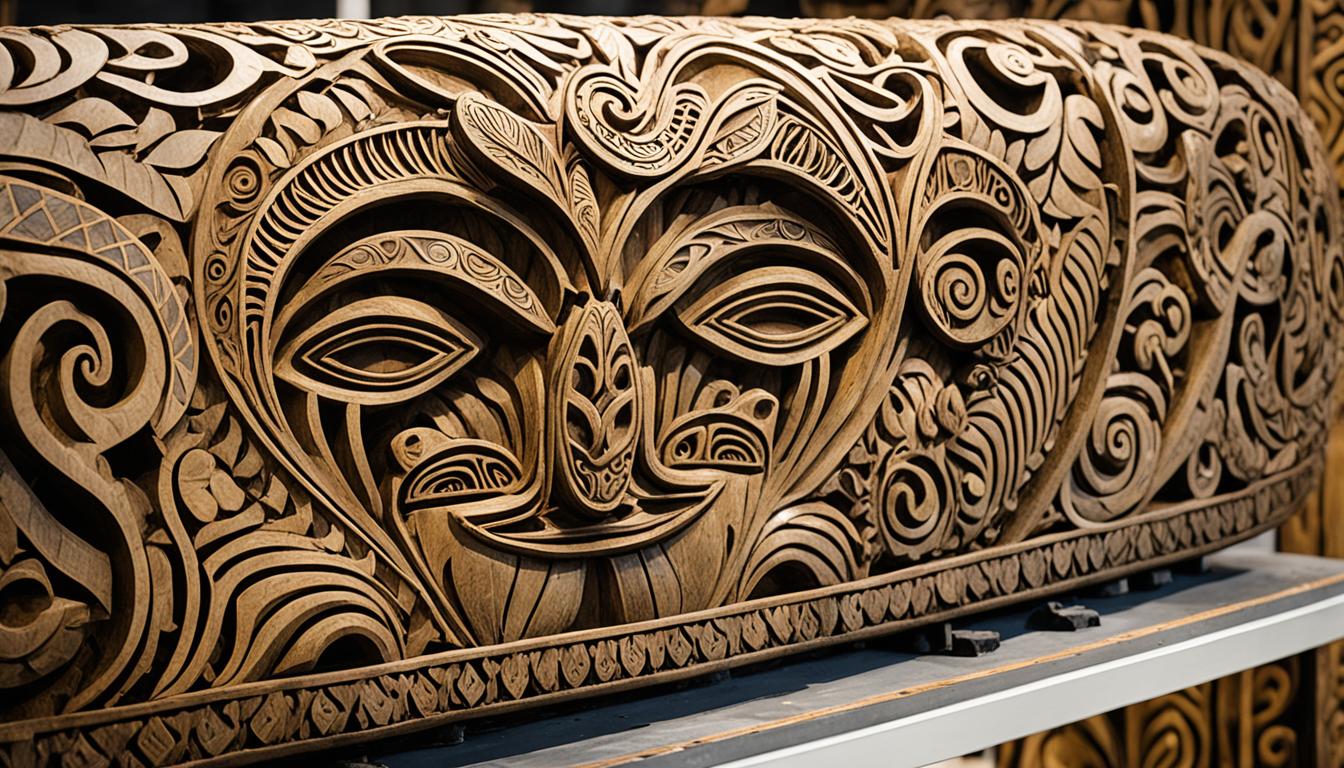Welcome to our exploration of the enduring legacy of Maori ancient carvings. In this article, we will delve into the reasons behind their survival and the fascinating techniques and cultural reverence that contribute to their preservation.
Maori ancient carvings are remarkable works of art that have stood the test of time. Despite the passage of centuries, they continue to captivate us with their intricate details and profound cultural significance.
So, what is one reason some Maori ancient carvings have managed to survive to this day?
To uncover the answer, we must unravel the preservation techniques used by the Maori people and appreciate the deep cultural reverence they hold for these extraordinary artworks.
Join us as we embark on a journey to discover the secrets behind the survival of these extraordinary pieces of Maori culture.
Preservation Techniques Used by the Maori
When it comes to preserving the rich cultural heritage of Maori ancient carvings, the Maori people have developed unique techniques that have ensured their longevity and endurance throughout the years. These preservation techniques encompass a range of practices, materials, and craftsmanship that are deeply rooted in Maori traditions and beliefs.
One of the key factors contributing to the preservation of Maori ancient carvings is the use of natural materials. The Maori people primarily rely on wood, stone, and bone to create their intricate carvings. These materials possess inherent qualities that enable them to withstand the test of time, ensuring the artwork’s durability and resistance to decay.
The Maori carving techniques involve a meticulous process that takes both skill and patience. The carvers utilize traditional tools such as adzes and chisels to shape the wood or stone, paying careful attention to every detail. The resulting carvings exhibit intricate patterns, symbols, and representations of Maori culture, reflecting the Maori people’s deep connection to their ancestral heritage.
Furthermore, the Maori people employ specific painting techniques to enhance the preservation of their carvings. Natural pigments made from plants and minerals are used, and these pigments not only add vivid colors but also act as protectants, shielding the carvings from environmental factors such as UV radiation and moisture.

Overall, the preservation techniques used by the Maori involve a harmonious blend of natural materials, traditional craftsmanship, and meticulous attention to detail. These practices have allowed Maori ancient carvings to withstand the test of time, preserving the cultural significance and artistic value embedded within each piece.
Cultural Reverence for Maori Ancient Carvings
The cultural significance of Maori ancient carvings cannot be overstated. These intricately crafted artworks hold a deep spiritual and symbolic meaning for the Maori people, encapsulating their rich history, beliefs, and values. Passed down through generations, these carvings are revered as sacred treasures that embody the essence of their culture.
Each Maori carving tells a unique story, representing ancestral connections, tribal histories, and the natural world. From the proud figures of warriors with fierce expressions to the graceful curves of mythical creatures, every detail of these carvings carries profound symbolism. They serve as a tangible link to the ancestors, reminding the Maori community of their identity, heritage, and shared collective memory.
These ancient carvings play a vital role in Maori ceremonies and rituals, where they take center stage as objects of veneration and honor. Whether it’s a powhiri, a welcome ceremony, or a tangi, a funeral ritual, the presence of these carvings brings a sense of sacredness and solemnity. They serve as a visual representation of the spiritual connection between the past, present, and future, bridging the gap between the tangible and the spiritual realms.
The cultural reverence for Maori ancient carvings goes beyond their aesthetic beauty. It extends to the preservation and protection of these precious artworks. The Maori people have safeguarded their carvings through meticulous care, ritual practices, and community involvement. This commitment to safeguarding their cultural heritage ensures that future generations can continue to cherish and learn from these remarkable pieces of art, keeping the Maori traditions alive for years to come.




